Archaeologists Unearth Ancient Roman Artefacts Hidden in an Israeli Cave
Over a year ago, archaeologists stumbled upon a rare and fascinating cache of Roman artifacts carefully hidden within the chamber of a cave located in Israel’s Ein Gedi Nature Reserve.
The “once in a lifetime” discovery has shed light on a particularly interesting part of history and furthered our understanding of the Jewish resistance against the ever-imposing threat of the Roman Empire.
The Roman Empire
In 27 BCE, the former Roman Republic was transformed into an Empire after Augustus, the adopted son of Julius Caesar, implemented an autocratic government. Essentially, he named himself sole ruler and had the final say in all matters relating to the state.

Source: Wikimedia
At its greatest extent, this Empire would rule over an estimated 2.3 million square miles of territory. The Romans conquered a vast portion of the known world, bringing formerly sovereign nations under their command.
Native Peoples Rebel Against Rome
During the height of the Roman Empire, their troops were scattered across the vast expanse of their territory. Well-equipped legionnaires and mercenaries were sent to the furthest corners of the empire to squash rebellions and upkeep Roman law.
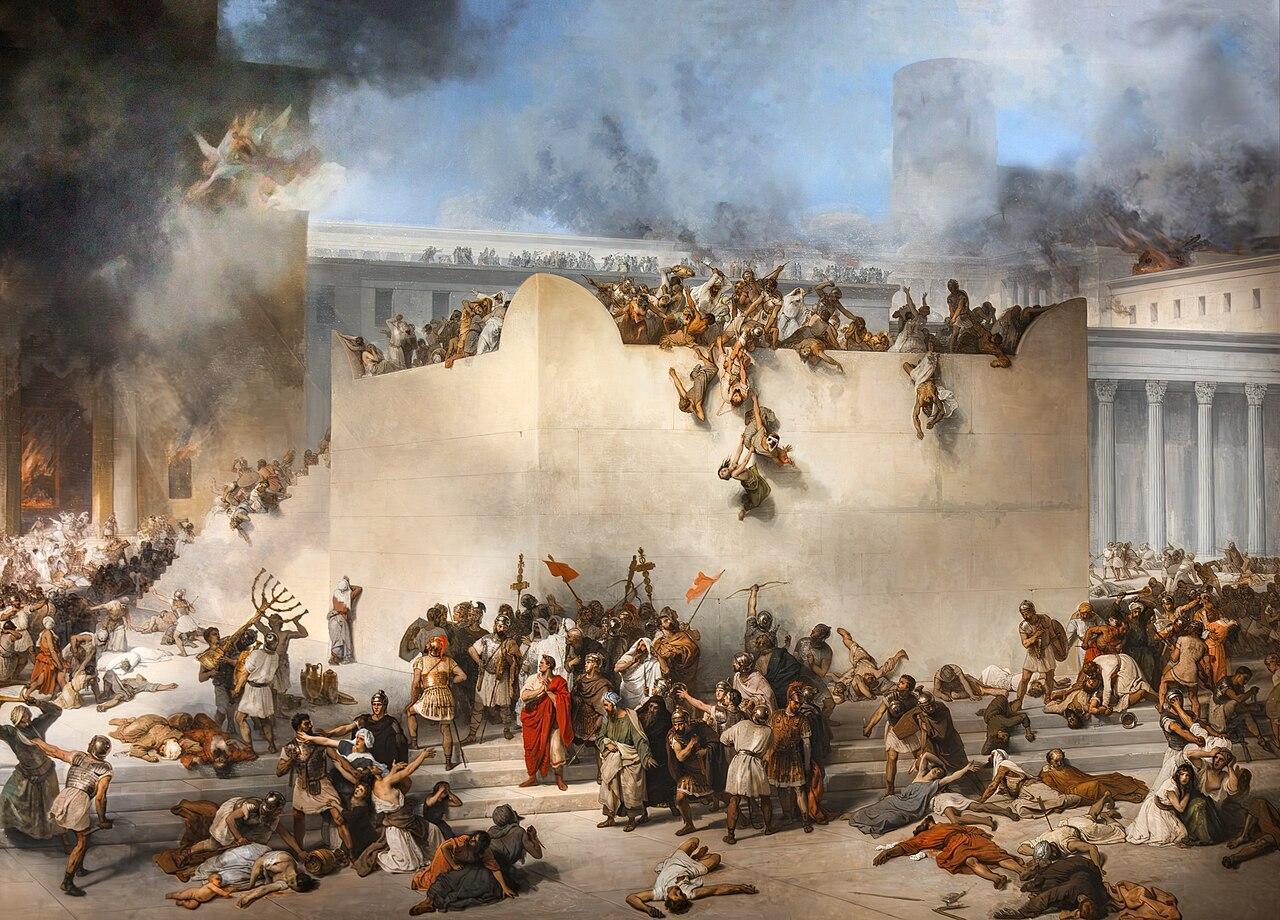
Source: Wikimedia
Archaeological evidence of this can be found from Africa to Britain and east to Israel, where the Jewish populations launched numerous rebellions in an attempt to reduce the Roman presence in their homeland.
Conflict Arises Between the Romans and Jews
Conflict arising between the Romans and Jews dates back over 2,000 years. Around 63 BCE, the Roman general Pompey conquered Jerusalem and installed a local client king who would rule on behalf of the Empire.

Source: Wikimedia
While the Roman officials allowed the Jews to have some autonomy and even promoted religious tolerance.
The First Jewish Revolt
From time to time, the divide between the religious practices of the monotheistic Jews and their Romanized polytheistic counterparts led to conflict on several occasions.

Source: Wikimedia
Religious friction, coupled with the ever-increasing taxation of the Jewish people, eventually culminated in the First Jewish Revolt of 66 CE. This event led to the expulsion of Roman officials and soldiers from Jerusalem.
Events That Followed The First Jewish Revolt
The Jews formed a revolutionary government that ruled in the absence of the elected Roman king. Soon after, the Roman emperor Nero commanded General Vespasian to confront the Jewish forces, leading many of the latter to fall back to Jerusalem.

Source: Wikipedia
By 69 CE, Vespasian had become emperor of Rome. The following year, he sent General Titus to besiege Jerusalem.
The Fall of Jerusalem
During the tail end of summer in 70 CE, the Roman forces had breached the final defenses of the city and went on to slaughter what remained of the population.
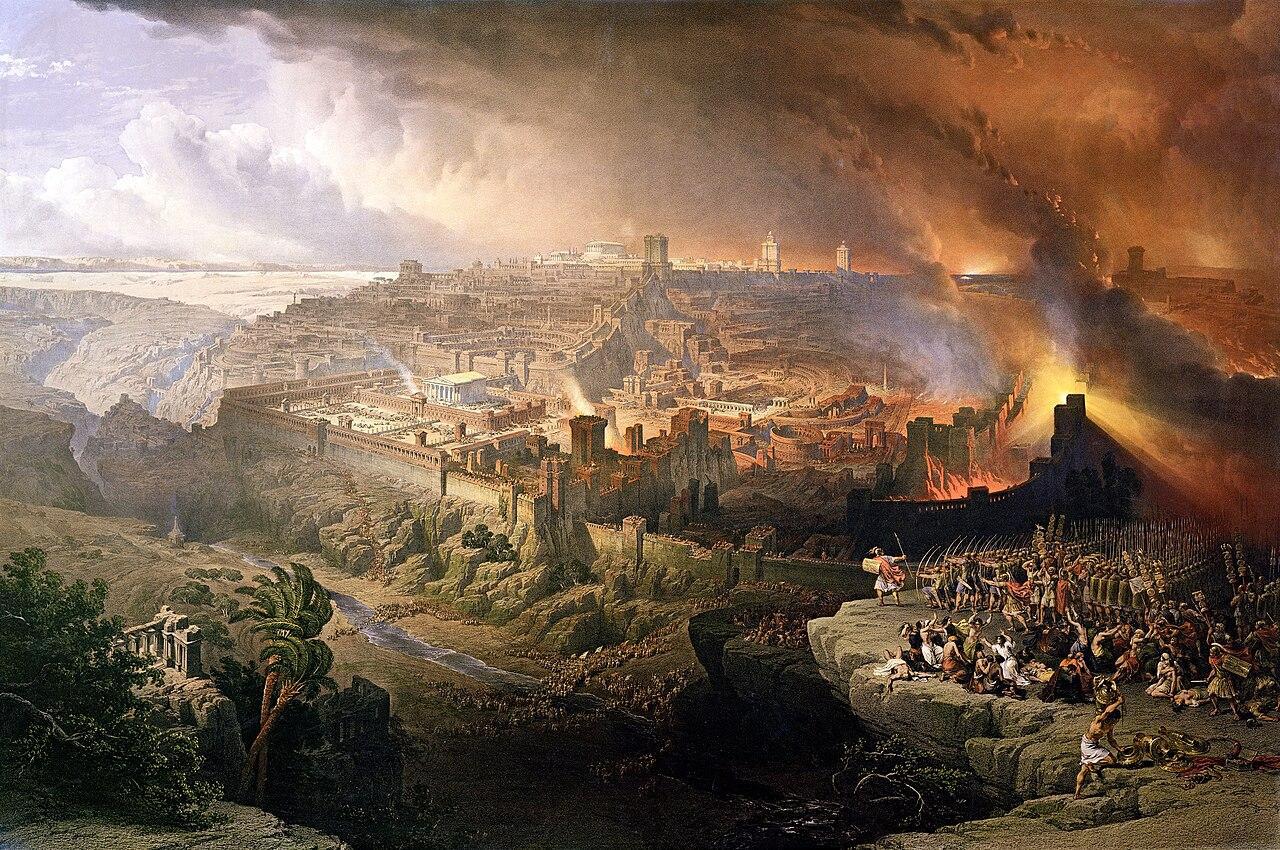
Source: Wikimedia
The Roman soldiers went on to cause havoc in the city, eventually destroying the Second Temple. According to Josephus, over 1.1 million Jews were killed during the siege of the city.
Cache of Roman Weapons Unearthed in Israel
Last year, further evidence of this strong Roman presence in Israel was discovered by a group of archaeologists who were investigating a small cave close to the Ein Gedi archaeological site in the Judean Desert Nature Reserve.
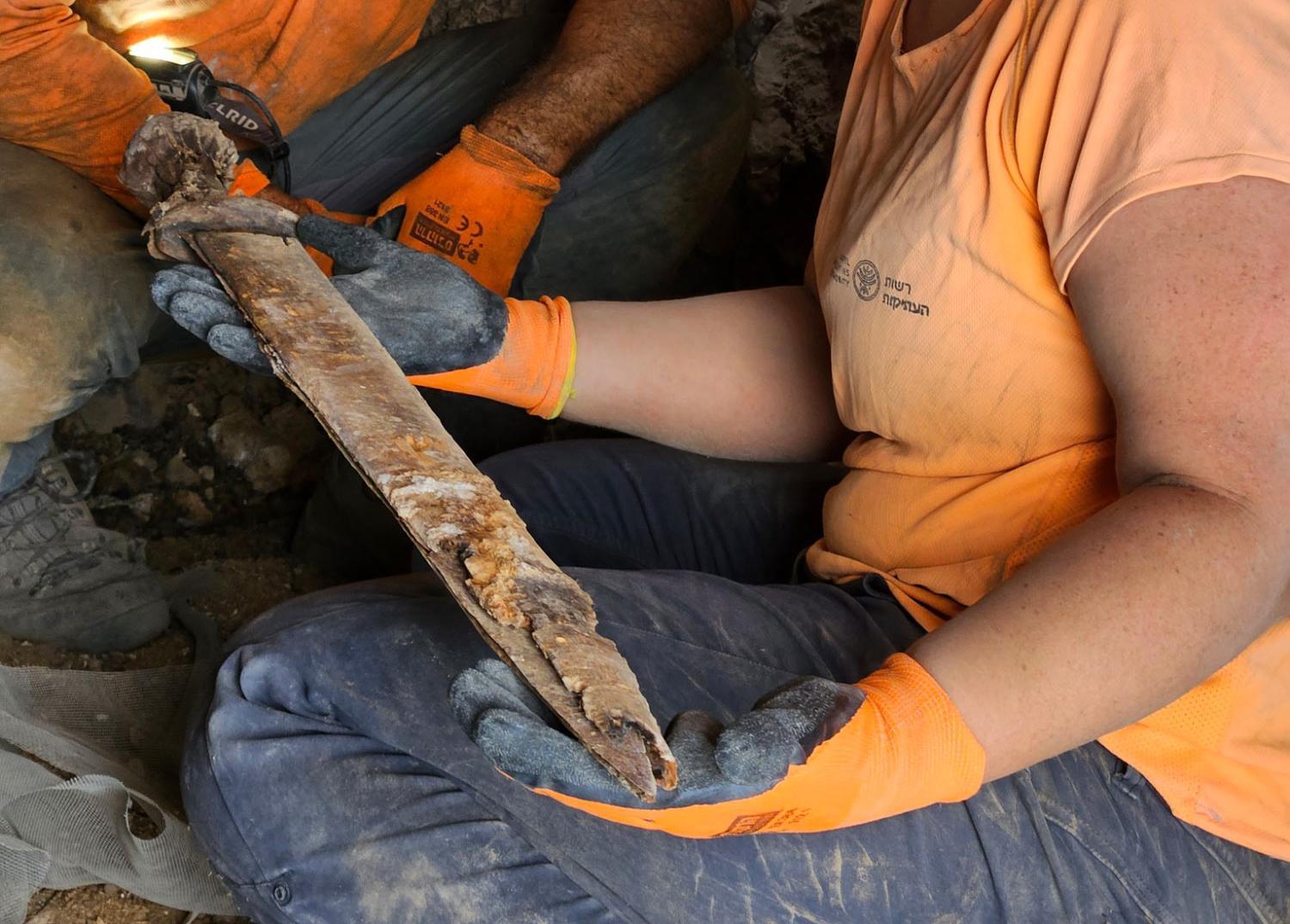
Source: Amir Ganor, Israel Antiquities Authority
Archaeologists discovered the remains of four well-preserved Roman swords, complete with their leather hilt and scabbards, dating back over 1,900 years, per AP News.
Archaeologists Unexpectedly Discover Cache of Weapons
Researchers first discovered the cave, located in a relatively inhospitable region, fifty years ago. At the time, archaeologists noted a small ink inscription written in ancient Hebrew.

Source: Israel Antiquities Authority/Facebook
Last year, a team of researchers from Ariel University, led by Dr. Asaf Gayer, embarked on a trip to the cave to photograph the inscription. To their surprise, they unexpectedly stumbled across the fascinating cache of weapons.
The Discovery of a Roman Shafted Weapon
Gayer and his colleagues detailed the findings in a book, which revealed that they also discovered the remains of a shafted Roman weapon in a deep crevice at the back of the cave.
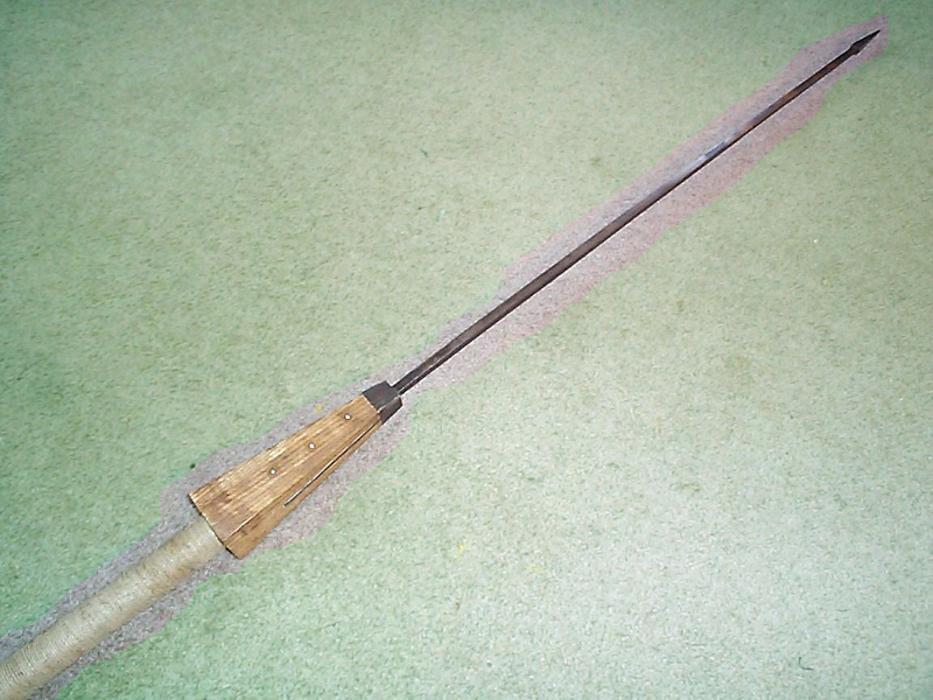
Source: Wikimedia
“At the back of the cave, in one of the deepest parts of it, inside a niche, I was able to retrieve that artifact — the Roman pilum head, which came out almost in mint condition,” he said.
The Swords Were Recovered From a Near Inaccessible Part of the Israeli Cave
The swords themselves were also recovered from an almost inaccessible region in the upper part of the cave.

Source: Matan Toledano/Israel Antiquities Authority
Three of the four scabbards contained well-made iron blades, each in a remarkable state of preservation, especially considering they had remained in the cave for almost 2,000 years.
The Fourth Sword Differed From the Rest
The weapons’ handles were crafted from wood or metal, and the entire collection was well-preserved, thanks to the cave’s climatic conditions. However, the fourth sword found at the site was different from the rest, the archaeologists explained.
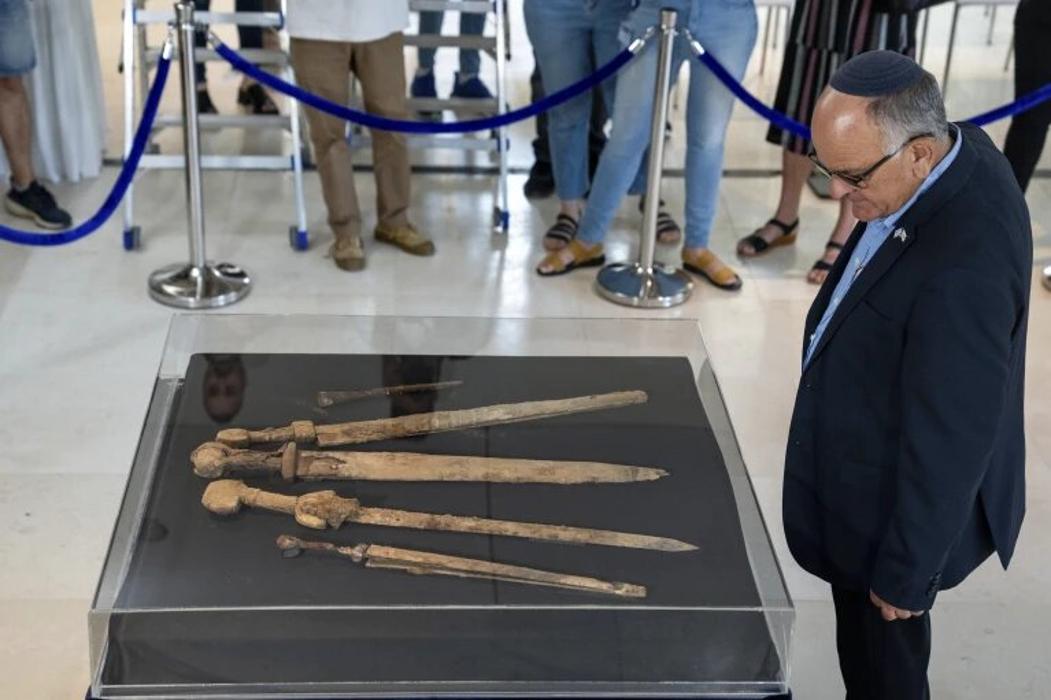
Source: Israel Antiquities Authority
“The fourth one was shorter with a 45-cm- (17.7-inch) long blade, identified as a ring-pommel sword,” they said.
How Did the Roman Swords End Up in the Cave?
After a meticulous examination of the swords, researchers concluded they were of Roman origin. But this posed the question: how did they end up in this isolated Israeli cave?
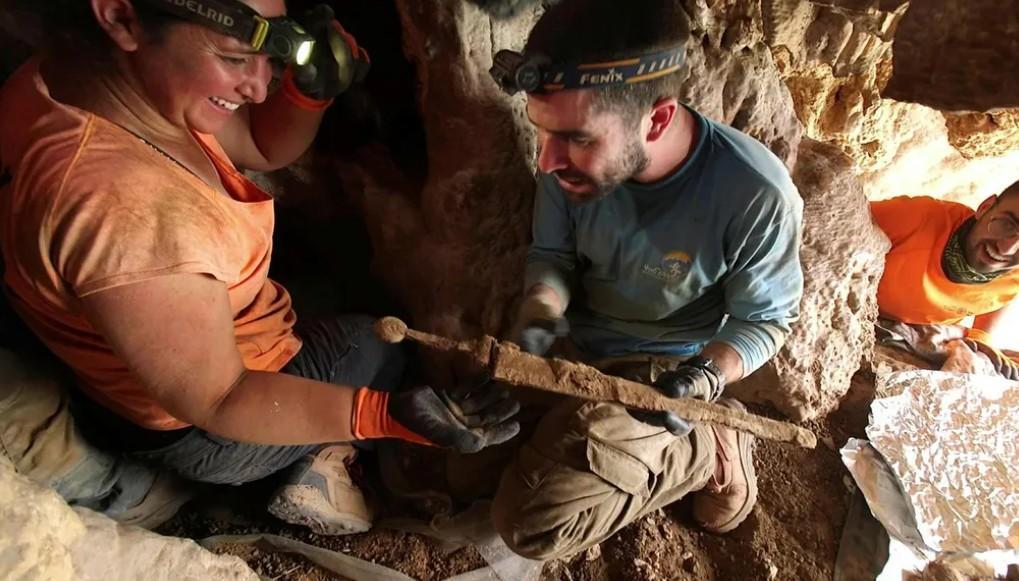
Source: Israel Antiquities Authority
Experts surmise the swords and the shafted weapon were stashed in the caves by Jewish rebels, who had disarmed and stolen the objects during an uprising.
The Weapons Were Taken as Booty From Roman Soldiers
Dr. Eitan Klein, one of the directors of the Judean Desert Survey Project, spoke on this theory in a statement.

Source: Wikipedia
“The hiding of the swords and the pilum in deep cracks in the isolated cave north of ‘Ein Gedi hints that the weapons were taken as booty from Roman soldiers or from the battlefield and purposely hidden by the Judean rebels for reuse,” he said.
Pinpointing the Historical Event That Led to the Stashing of the Swords
Dr. Klein explained that the researchers are still trying to figure out certain aspects of the weapons, including who manufactured them.

Source: Wikimedia
He added, “We will try to pinpoint the historical event that led to the caching of these weapons in the cave and determine whether it was at the time of the Bar Kokhba Revolt in 132-135 CE.”
Bar Kokhba Revolt
Beginning in 132 CE, the Jews rebelled once again against their Roman overlords in Judaea. The revolt was led by a figure known as Bar Kokhba.

Source: Jonathan Kemper/Unsplash
The Jews had become fed up with the Roman presence in their homeland and the restrictions placed on religious freedom, such as the banning of male circumcision.
Bar Kokhba is Slain
The event is known as the Second Jewish Revolt. Under Bar Kokhba, the Jews raised a small army, which was initially successful in removing the Roman presence in Jerusalem.

Source: Mike Bird/Pexels
However, the forces met their match after General Julius Severus employed ruthless tactics to defeat the Jewish forces. Bar Kokhba was slain, and the rebellion was crushed by 135 CE.
Shedding Light on the Romans in Israel
Guy Stiebel, a Tel Aviv University archaeologist specializing in Roman military history, detailed the find’s historical significance, suggesting it has shed light on the Roman presence in Israel.
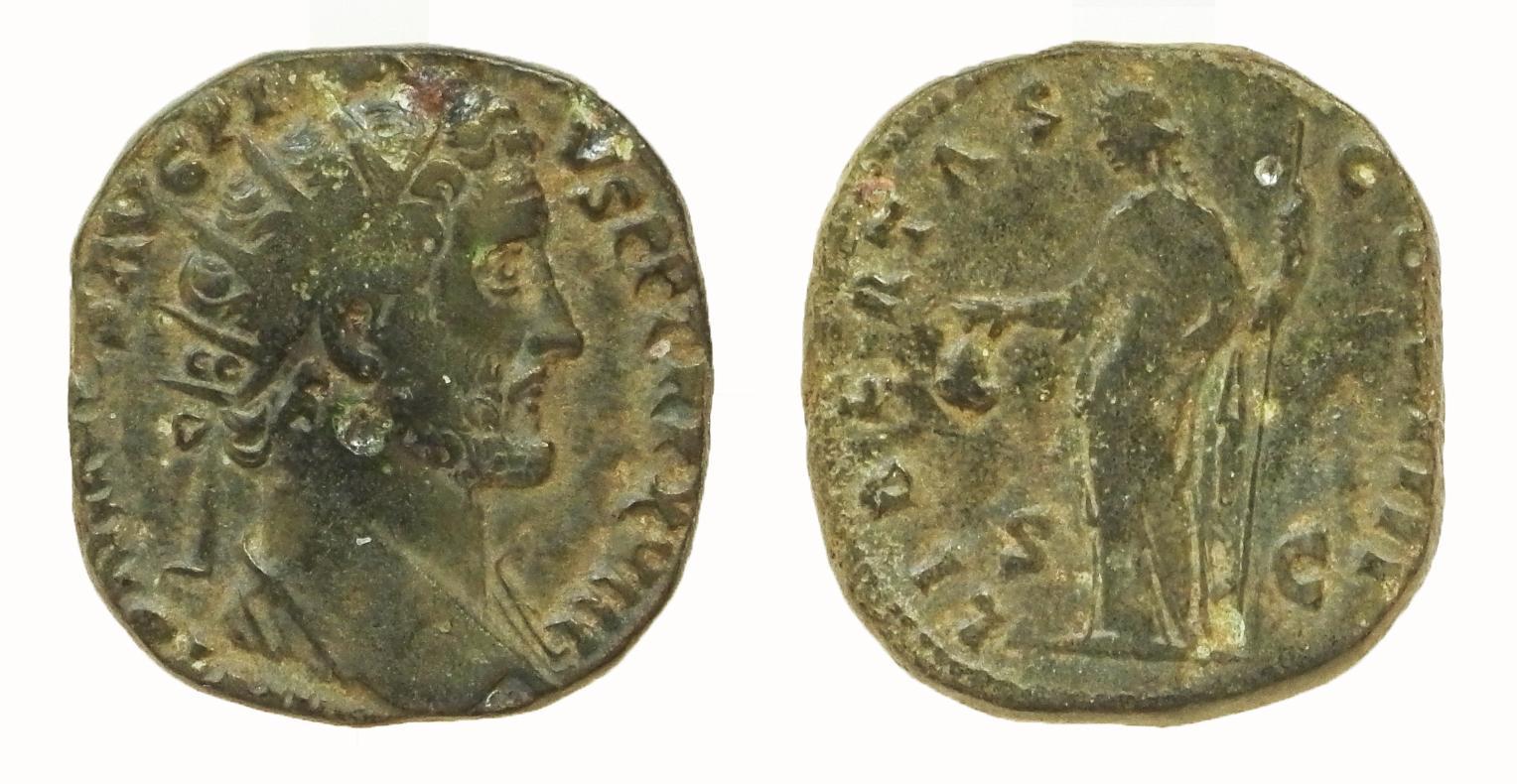
Source: Wikimedia
“They also reflect a much grander narrative of the entire Roman Empire, and the fact that from a small cave in a very remote place on the edge of the empire, we can actually shed light about those mechanisms is the greatest joy that the scientist can have,” he said.
Byzantine Era Church Unearthed in Israel
Archaeologists made another fascinating discovery in Israel, revealing that they had stumbled upon the remains of a Byzantine-era church in the northern Negev.
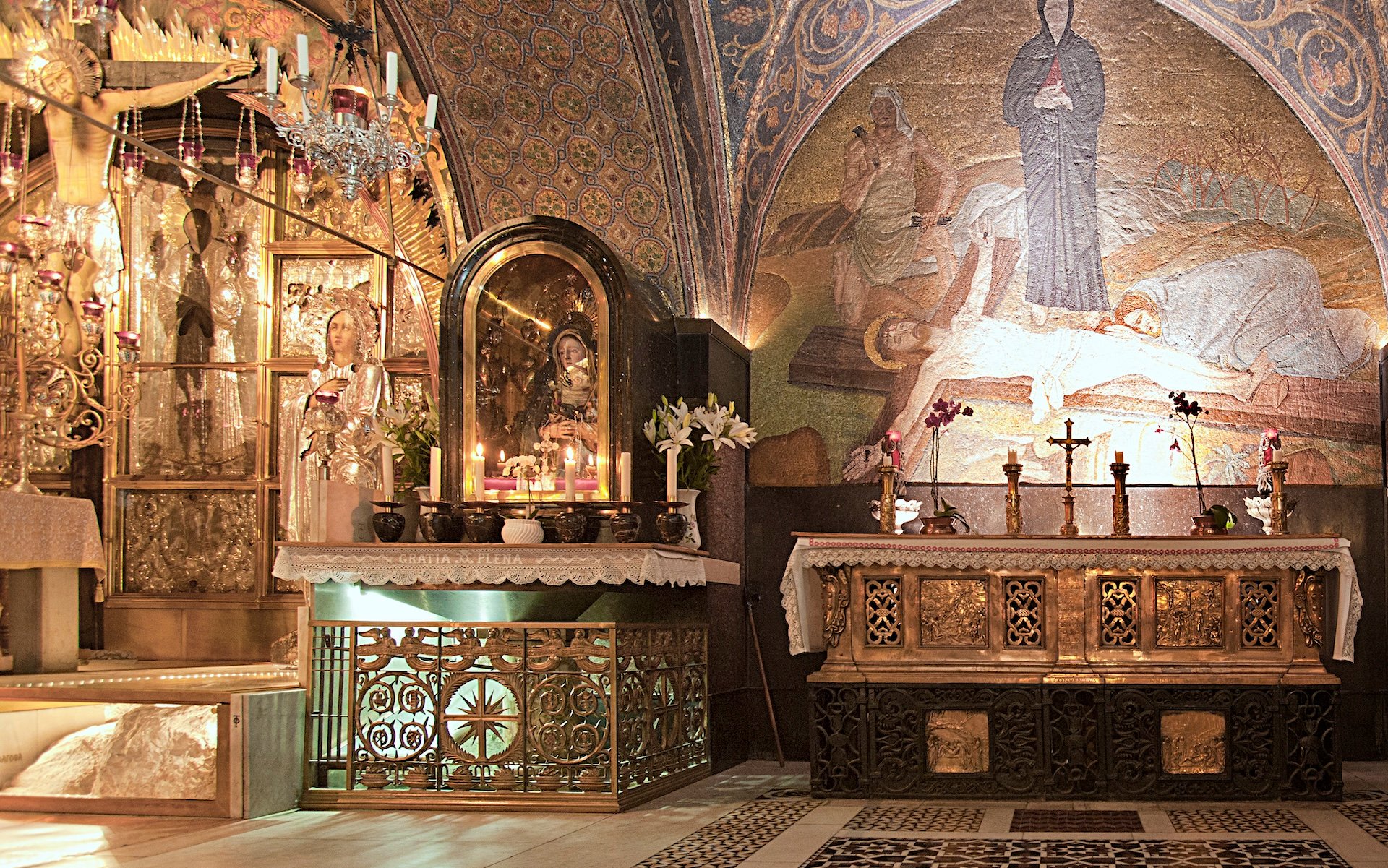
Source: Church of the Holy Sepulchre/Wikimedia Commons
Thought to be around 1,500 years old, the church is full of murals showcasing the importance of the site for Christian pilgrims making their way through the Holy Land.
Surprising and Intriguing Discovery
According to Eli Escusido, the director of the Israel Antiquities Authority, the discovery of the site in a desert in southern Israel is “surprising and intriguing.”
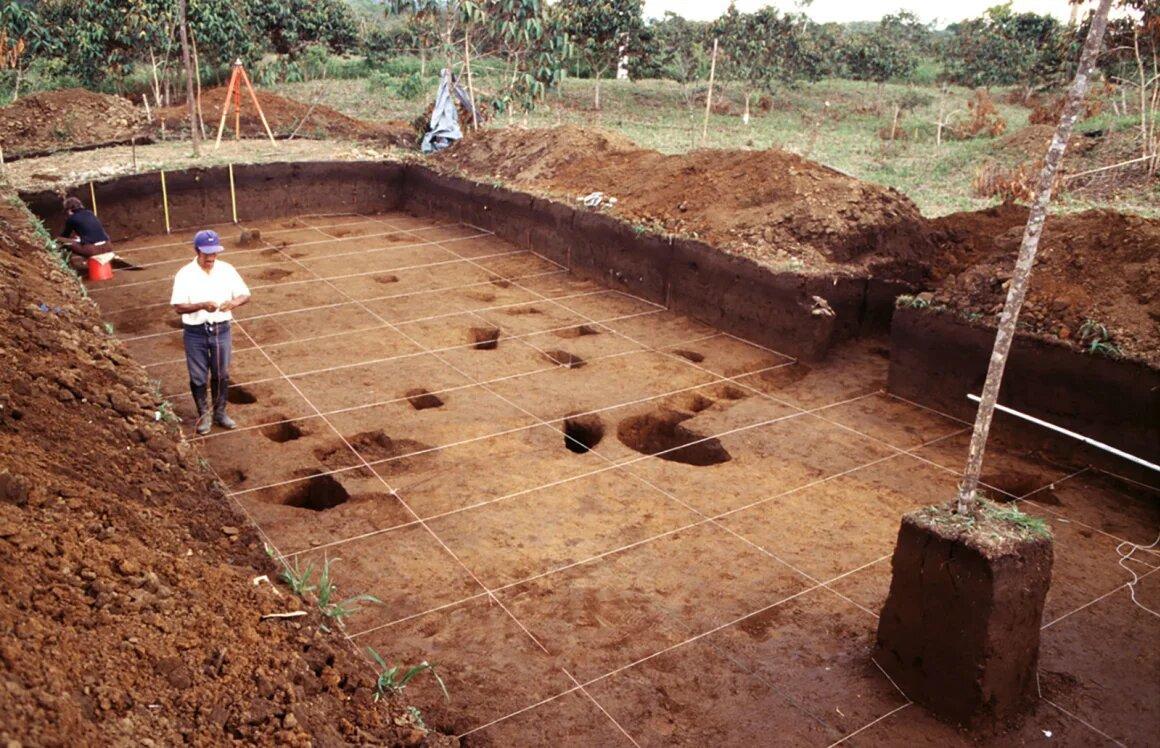
Source: Wikimedia
“The drawings provide first-hand evidence about the ships they traveled in and the maritime world of that time,” he added.
Greetings From Christian Pilgrims
The IAA reveals that a team of researchers made the discovery while excavating a site in the Bedouin city of Rahat prior to the expansion of a housing development.

Source: Smith’s Inc./Wikimedia Commons
Researchers referred to the discovery as “a greeting from Christian pilgrims” who likely arrived in the Holy Lands on a ship during the Byzantine period.
Christians Leave Their Mark at the Ancient Church
According to their findings, Christian pilgrims from around the world most likely stopped at the church in Northern Negev shortly after disembarking from the ship. They would leave their own personal mark at the church in the form of drawings on its walls.
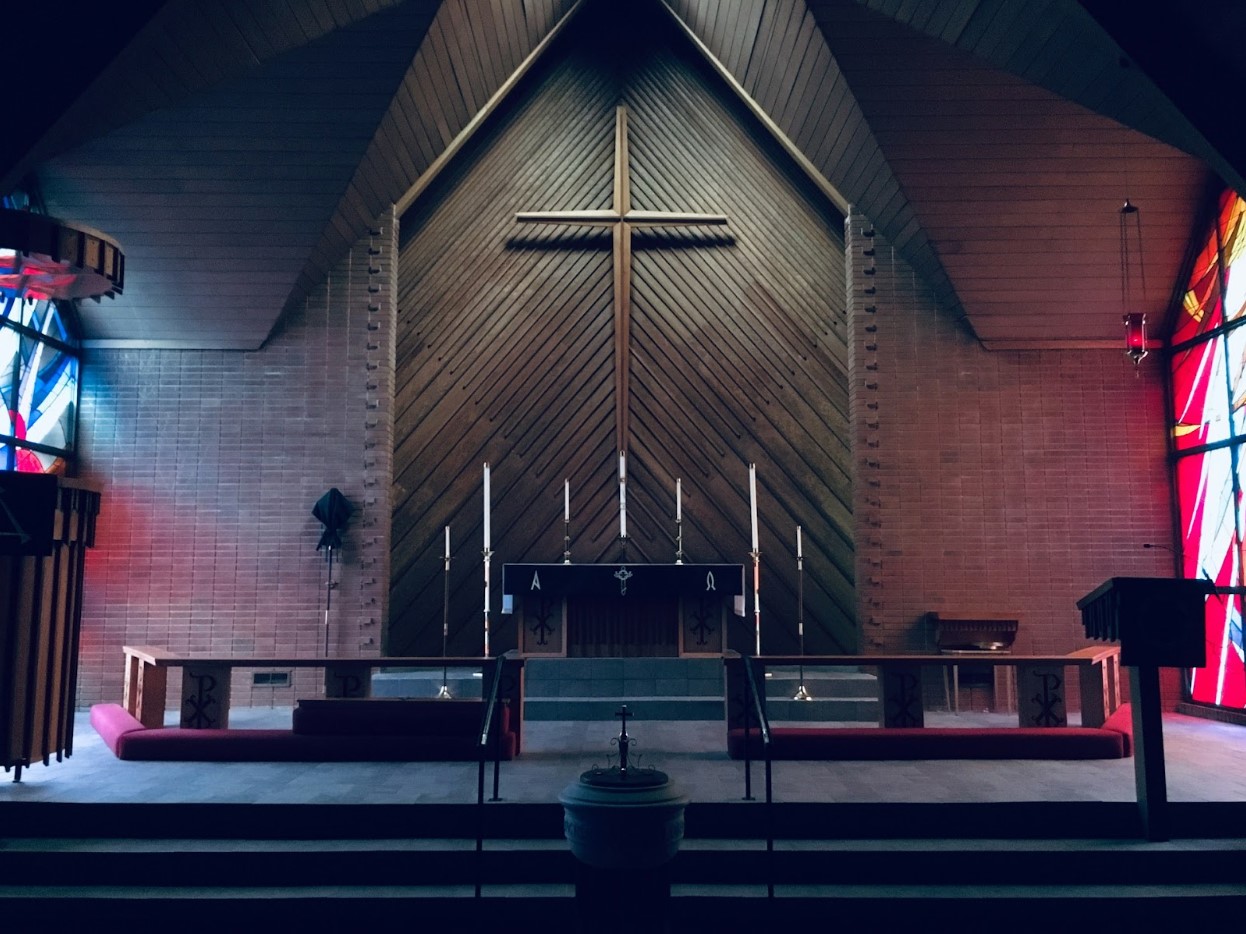
Source: Josh Eckstein/Unsplash
Some of the drawings of ships may even resemble those that pilgrims used to reach the Holy Land.
Pilgrims Venture to the Holy Land
A team of researchers conducted the excavation of the church under the command of Oren Shmueli, Elena Kogan-Zehavi, and Noé David Michael on behalf of IAA.

Source: Wikimedia
“The pilgrims began their pilgrimage following Roman roads leading to sites sacred to Christendom, such as Jerusalem, Bethlehem, the monasteries in the Negev Hills, and in the Sinai,” the archaeologists said.
Pilgrims Take a Pit Stop at the Ancient Church
The researchers concluded that the church is fairly close to the port, so it makes sense that many pilgrims stopped here on their way to other holy sites.

Source: Wikimedia Commons
“It is reasonable that their first stop after alighting from the ships in Gaza port was this very church revealed in our excavations south of Rahat. This site lies only a half-day’s walk from the port,” said the archaeologists.
